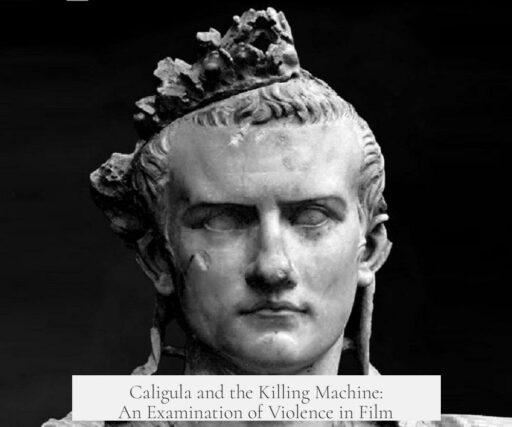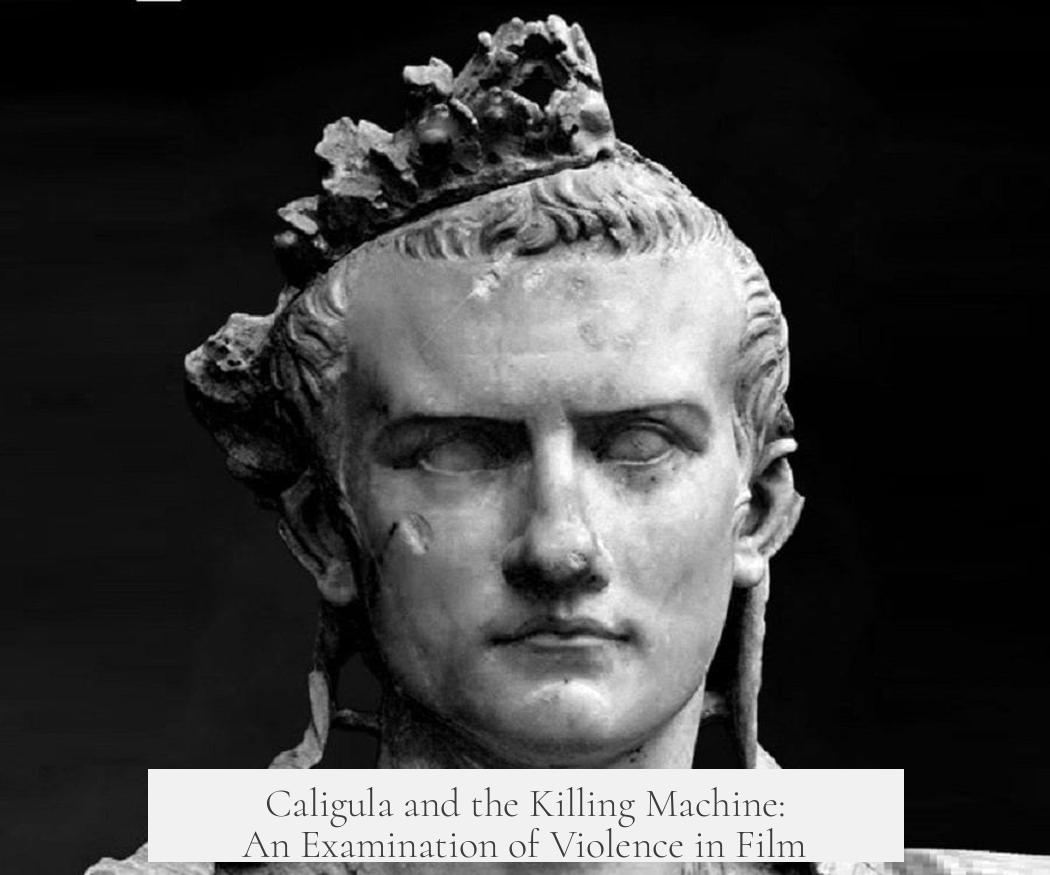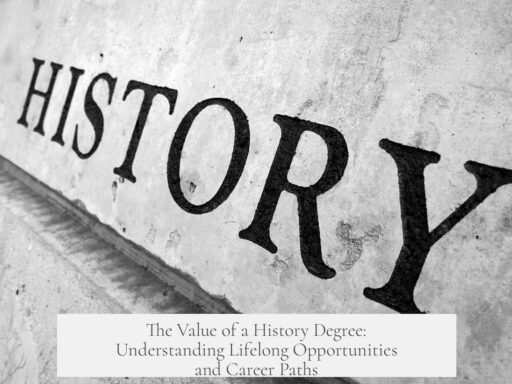The movie Caligula dramatizes the rise and brutal reign of Roman Emperor Caligula, portraying him as a ruthless and violent “killing machine.” It presents his ascent to power and descent into madness with explicit depictions of cruelty, madness, and decadence, blending historical narrative with shocking content.
Caligula is a 1979 erotic historical drama. The film covers Caligula’s violent climb to emperor and his notorious rule marked by paranoia, senseless executions, and debauchery. The movie gives a raw, controversial view of ancient Rome’s cruelty and excess. Caligula is played by Malcolm McDowell, who embodies the character’s charm and brutality, including murders and sexual violence.
The story focuses strictly on Caligula himself, often neglecting the wider political setting or other characters. This tight focus emphasizes the emperor as a “killing machine,” a man driven by violent madness. One of the film’s most grotesque scenes involves Macro’s execution via a deadly mechanical device: a yard with a rotating wall of blades that beheads the victim as it rotates. This machine symbolizes the lethal, mechanized cruelty associated with Caligula’s regime in the film.
The cast includes Peter O’Toole as the aging Emperor Tiberius, whose tragic decline contrasts with Caligula’s rise. O’Toole’s performance adds layers of pity and disgust, highlighting the transfer of power amid imperial madness. Supporting roles by Mirella D’Angelo (Livia), Rick Parets (Mnester), and others round out the visual depiction of imperial decadence.
The film’s historical accuracy is mixed. It is praised for some costuming and atmosphere, such as demonstrating Roman decadence and realistic togas. However, some details—like Caligula squeezing lemon juice (a fruit unknown then in Rome)—reveal anachronisms. The explicit sexual scenes, often performed by Penthouse models hired for eye candy, attempt to reflect Rome’s excesses rather than serve purely erotic purposes. Some scenes verge on pornography but mostly aim to show the depravity attributed to Caligula’s era.
There are multiple versions of Caligula. The “Ultimate Cut,” released decades later, adds 20 minutes and rearranges scenes for better story clarity. The original theatrical and uncut versions differ, with the latter containing hardcore content unknown to some actors, including Helen Mirren. The uncut version, while providing shock value and graphic imagery, compromises narrative flow due to cuts and added material by producer Bob Guccione, founder of Penthouse magazine, who also infused the film with explicit sex scenes.
The film’s critical reception is polarized. Many reviews acknowledge the film’s daring approach but criticize its uneven storytelling, poor camerawork, and dated appearance. McDowell’s and O’Toole’s performances receive praise, while its explicit gore and sex scenes remain controversial and divisive. The film is not seen as a classic but as a unique, bold piece that blends historical drama with exploitation cinema.
The portrayal of Caligula as a “killing machine” is partly fictionalized for dramatic effect. Some historians, like Mary Beard, discuss the real Caligula differently, highlighting that many of the emperor’s notorious acts might be exaggerated or created by hostile sources. The film acknowledges this ambiguity by neither condoning nor condemning Caligula explicitly.
Key themes abound, especially power’s corruptive force and the dehumanization of life in ancient Rome. The visual narrative and brutal scenes serve as reminders of historical chaos, paranoia, and violence that surrounded imperial Rome.
| Aspect | Details |
|---|---|
| Title | Caligula (1979) |
| Main Actor | Malcolm McDowell as Caligula |
| Plot Highlight | Caligula’s rise and violent reign, including the “killing machine” execution |
| Noted Scene | Macro executed by rotating blade wall |
| Versions | Uncut, R-rated, Ultimate Cut (2023) |
| Producer Influence | Bob Guccione added explicit sexual scenes |
| Historical Accuracy | Mix of authentic details and anachronisms |
| Themes | Madness, power corruption, Roman decadence |
- The film dramatizes Caligula as a brutal “killing machine,” emphasizing ruthless power through vivid scenes like Macro’s mechanical execution.
- Malcolm McDowell delivers a complex portrayal combining charm and savagery.
- Producer Bob Guccione’s involvement led to explicit sexual content, affecting versions and perceptions.
- The movie mixes historical realism with fiction and anachronisms, portraying Roman decadence graphically but inconsistently.
- Multiple cuts exist; the Ultimate Cut offers improved clarity and narrative coherence over the original and uncut versions.
- The film provokes reflection on power, madness, and the morality of history told through sensational art.
What is the connection between the movie *Caligula* and the term “Killing Machine”?
The movie portrays Caligula’s violent and brutal reign but does not explicitly label him a “Killing Machine.” This term seems to be more a product of myth or fantasy about his madness than historical fact.
How does the film handle Caligula’s violent actions and madness?
The film shows Caligula as both charming and brutal, depicting violence, paranoia, and madness. It neither fully condemns nor condones his acts, presenting an ambiguous view of his character.
Are the violent and explicit scenes in *Caligula* essential to the story?
Many graphic scenes illustrate Roman decadence and power struggles. Some were added to satisfy producers’ demands rather than advance the plot, though they contribute to the film’s harsh atmosphere.
Does the movie *Caligula* offer an accurate historical portrayal?
The movie incorporates authentic details like costume realism and pagan rituals but includes inaccuracies and an exaggerated narrative for dramatic effect.
Why are there different versions of the movie, and how do they affect the story?
Various cuts exist, from heavily censored to uncut versions. The “Ultimate Cut” improves story clarity, while censored versions lose coherence due to removed scenes.
Is *Caligula* suitable as a historical learning tool?
With editing to remove explicit content, the film can serve as a graphic but honest depiction of Roman imperial politics. It encourages reflection on power and decadence in ancient Rome.



